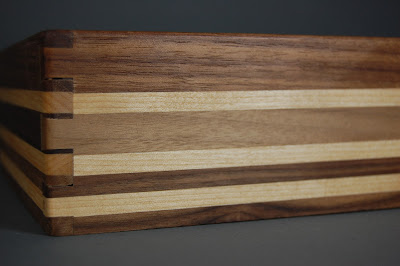I have a love-hate relationship with this outfit. I ADORE the white dress (which I started sewing just hours before I needed to be wearing it, and technically didn't have enough fabric). The green slip underneath however...not sure how much I want to talk about it.
I think I had really big dreams for this ensemble. I had a very specific mental-image of what I wanted it to be, and I mostly achieved that. But I only achieved that because you can't see any of the slip except the color.
I tried draping the bodice of the slip on my dress form, and that went...actually I'm not sure where it all went wrong. I had to adjust the darts once, but I'm not sure if the pattern never fit, or I didn't use the right sewing techniques for the silk, or I was cursed by an archaic sewing entity because of my sewing revolution. We may never know.
So here's the only pictures you will get of the green slip:
So let's just forget about the green slip and move onto the white dress...
The pattern is the Xerea Dress from Pauline Alice Patterns. I had to reduce the width on a lot of the pattern pieces because I was a little short on fabric.
The plain white linen is from Fabric Outlet during a 40% off sale (of course).
I picked up the white eyelet from La Droguerie in Paris when I was there last summer. It came in a little bundle and I loved it at first sight! I was saving it for something special and I'm really glad I decided to use it for this project.
I just adored the seam lines on this dress pattern.
I used French seams on both the slip and white dress, and I think it turned out fairly well for my first major attempt at french seams. The white dress has great seams, but the green slip is a whole different story. But we're not gonna talk about it.
You can see a hint of the slip in this photo. Here are details I am willing to disclose: V-neck and bias strips for the straps. Everything else is strictly need-to-know.
And there's an extra little peak at the French Seams.
I generally don't get a lot of photos of myself wearing stuff I made, so here is one!
And since this outfit was for my graduation, here's a picture of my friend and I wearing our caps:
And since this outfit was for my graduation, here's a picture of my friend and I wearing our caps:
My cap is on the left and Cam is on the right...It's the first few lines of our favorite book :)
Hope everyone else is enjoying their summers!
Taft WK
































































